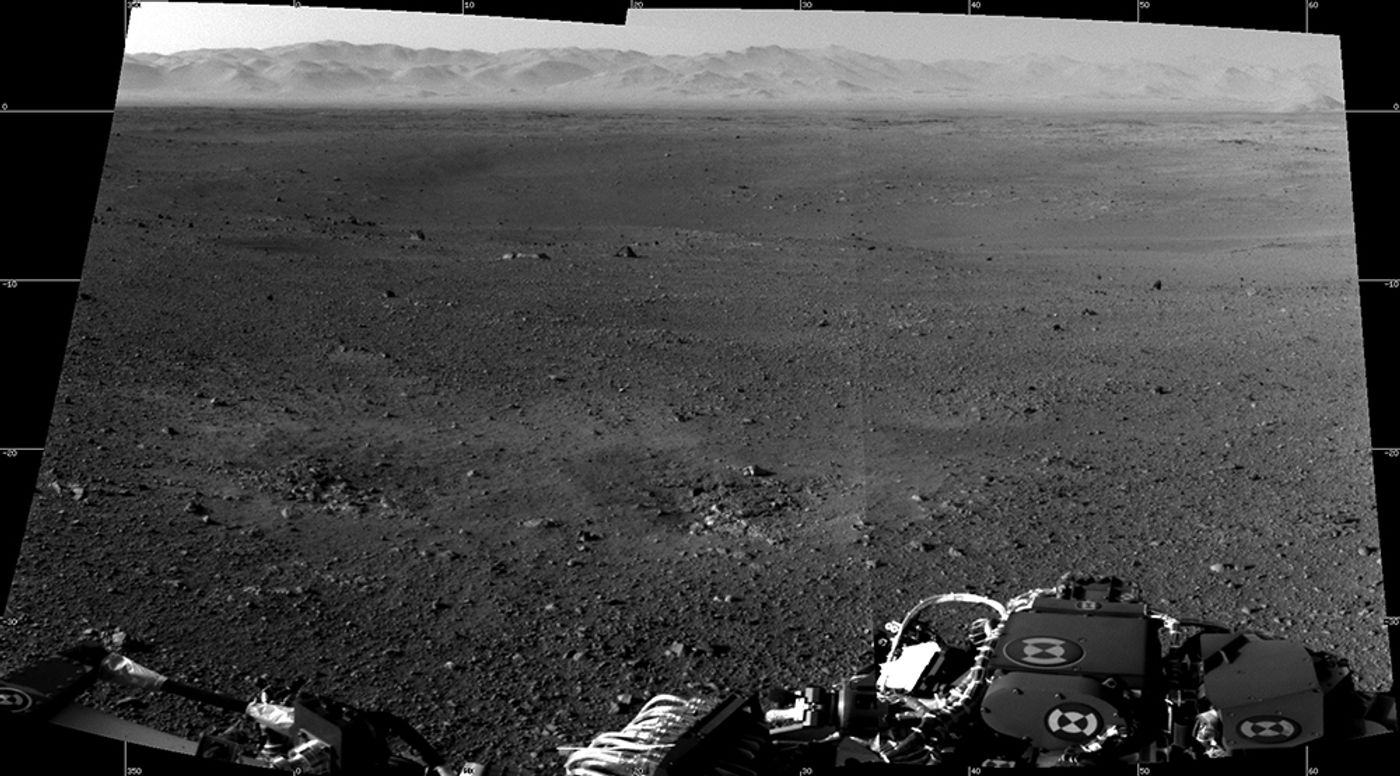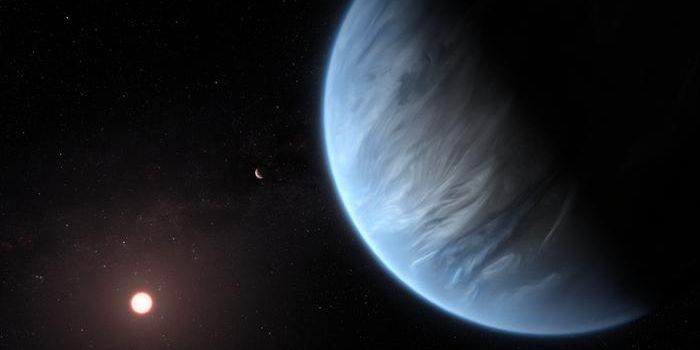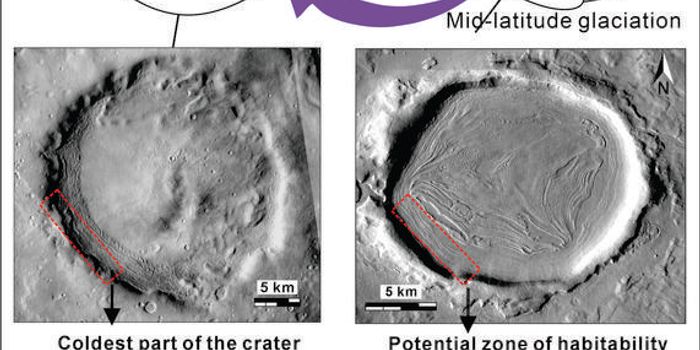Similarities Between Mars Soils and Newfoundland's Subarctic Climate
What was ancient Mars like? Was it warmer and wetter than it is today or cold and icy like present day Mars? This is what a recent study published in Communications Earth & Environment hopes to address as a team of researchers comprised of NASA scientists and academics investigated whether past climates on Mars mirrored today’s climate or were much warmer and had liquid water. This study holds the potential to help researchers better understand the climate history of Mars and whether it had the necessary conditions to support life as we know it.
For the study, the researchers analyzed X-ray data of soil material, which the researchers refer to as “X-ray amorphous material”, obtained from NASA’s Curiosity rover in Gale Crater on Mars and compared it to similar material at sites on Earth located in Newfoundland, California, and Nevada using the same X-ray methods employed by the Curiosity rover.
Image of the floor and rim (background) of Gale Crater obtained by NASA’s Curiosity rover on Mars. (Credit: NASA)
The goal was to ascertain if the Earth material was chemically like the material found at Gale Crater on Mars. In the end, the researchers found the material analyzed in Newfoundland, which exhibited subarctic temperatures and was the coldest of the three sites, are the closest to the material analyzed by Curiosity at Gale Crater on Mars.
“This shows that you need the water there in order to form these materials,” said Dr. Anthony Feldman, who is a postdoctoral researcher at the Desert Research Institute and lead author of the study. “But it needs to be cold, near-freezing mean annual temperature conditions in order to preserve the amorphous material in the soils.”
These findings suggest that ancient Mars could have been much colder than previously thought, as scientists have long speculated that Mars was a much warmer and wetter environment billions of years ago, with vast amounts of liquid water flowing across its surface.
What new discoveries about ancient Mars will researchers make in the coming years and decades? Only time will tell, and this is why we science!
As always, keep doing science & keep looking up!
Sources: Communications Earth & Environment, ScienceDaily, Desert Research Institute









